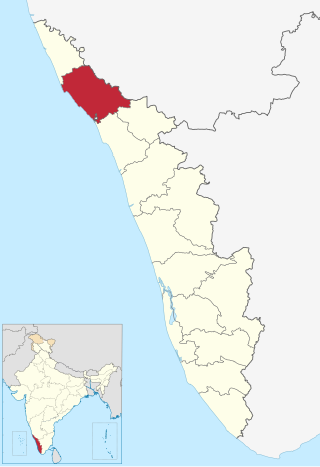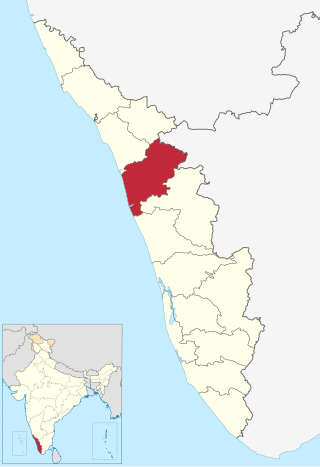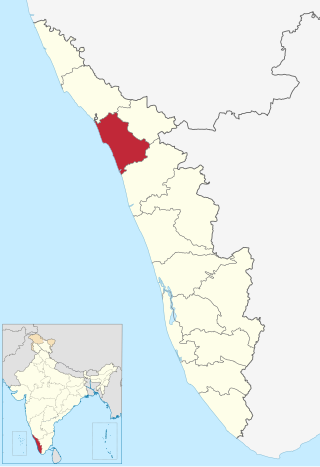
Pulveroboletus bembae is a species of fungus in the family Boletaceae that was first described in 2009. It is known only from the rainforest of northern Gabon, a region known for its high level of species diversity. Like all boletes, P. bembae has fleshy fruit bodies that form spores in tubes perpendicular to the ground on the underside of the cap. These yellowish tubes form a surface of pores, each about 1–2 mm in diameter. The brownish caps may reach up to 3.5 cm (1.4 in) wide, and rest atop pale brown stems up to 5.5 cm (2.2 in) long. The stems have a woolly, whitish yellow ring of tissue that is short-lived, and may be absent in older specimens. The spores of P. bembae are spindle- or fuse-shaped, and have rough surfaces—a detail observable when viewed with scanning electron microscopy. The fungus grows in a mycorrhizal relationship with Gilbertiodendron dewevrei, the dominant tree species of the Guineo-Congolian rainforest. Other similar Pulveroboletus species in the area include P. annulus and P. croceus, which may be differentiated from P. bembae by a combination of macro- and microscopic characteristics.

Amanita nothofagi is a species of fungus in the family Amanitaceae. Endemic to New Zealand, the species was first described by mycologist Greta Stevenson in 1962. The fruit bodies have dark brown caps that are up to 13 cm (5.1 in) in diameter and covered with patches of soft greyish-brown scales or warts. The gills underneath the cap are crowded together, free from attachment to the stem, and white, becoming tinged with yellow in age. The stem of the mushroom is 4–14 cm (1.6–5.5 in) long by 0.5–2.5 cm (0.2–1.0 in) thick, and has a ring. The spore print is white, and individual spores are spherical to ellipsoid, measuring 7.5–9 by 7.5–9 micrometres. The mushroom may be confused with another New Zealand species, A. australis, but can be distinguished by certain characteristics. Amanita nothofagi is a mycorrhizal species, and grows in association with native New Zealand trees such as Southern Beech.

Mycena lanuginosa is a species of mushroom in the family Mycenaceae. First collected in 2000 and reported as a new species in 2007, it is known only from lowland oak-dominated forests in central Honshu in Japan. The small mushroom is characterized by its grooved, grayish-brown to violet-brown cap up to 11 mm (0.43 in) in diameter, and the slender grayish-brown to reddish-brown stem covered with minute, fine, soft hairs. The mushroom produces amyloid spores. Microscopic distinguishing features include the smooth, spindle-shaped cheilocystidia and pleurocystidia and the diverticulate elements in the outer layer of the cap and the stem.

Mycena multiplicata is a species of mushroom in the family Mycenaceae. First described as a new species in 2007, the mushroom is known only from the prefecture of Kanagawa, Japan, where it grows on dead fallen twigs in lowland forests dominated by oak. The mushroom has a whitish cap that reaches up to 13 mm (0.51 in) in diameter atop a slender stem 15 to 20 mm long and 1 to 1.3 mm thick. On the underside of the cap are whitish, distantly spaced gills that are narrowly attached to the stem. Microscopic characteristics of the mushroom include the amyloid spores, the pear-shaped to broadly club-shaped cheilocystidia which are covered with a few to numerous, unevenly spaced, cylindrical protuberances, the lack of pleurocystidia, and the diverticulate hyphae in the outer layer of the cap and stem. The edibility of the mushroom is unknown.

Lepiota anupama is a gilled mushroom of the genus Lepiota in the order Agaricales. Found in Kerala State, India, it was described as new to science in 2009.

Lepiota babruka is a gilled mushroom of the genus Lepiota in the order Agaricales. Known only from Kerala State, India, it was described as new to science in 2009.

Lepiota babruzalka is an agaric mushroom of the genus Lepiota in the order Agaricales. Described as new to science in 2009, it is found in Kerala State, India, where it grows on the ground in litterfall around bamboo stems. Fruit bodies have caps that measure up to 1.3 cm (0.5 in) in diameter, and are covered with reddish-brown scales. The cap is supported by a long and slender stem up to 4.5 cm (1.8 in) long and 1.5 millimetres (0.1 in) thick. One of the distinguishing microscopic features of the species is the variably shaped cystidia found on the edges of the gills.

Lepiota harithaka is an agaric mushroom of the genus Lepiota in the order Agaricales. It was described as new to science in 2009. Found in Kerala State, India, fruit bodies of the fungus grow on the ground among bamboo roots.

Lepiota shveta is an agaric fungus of the genus Lepiota in the order Agaricales. Described as new to science in 2009, it is found in Kerala State, India.

Lepiota zalkavritha is an agaric fungus of the genus Lepiota, order Agaricales. Described as new to science in 2009, it is found in Kerala State, India.

Lepiota ananya is a gilled mushroom of the genus Lepiota in the order Agaricales. Known only to come from Kerala State, India, it was described as new to science in 2009.

Lepiota castaneidisca is a species of agaric fungus in the family Agaricaceae. Formally described in 1912, it was for a long time considered the same species as the similar Lepiota cristata until molecular analysis reported in 2001 demonstrated that it was genetically distinct. It is most common in coastal and northern California, and has also been recorded in Mexico. A saprobic species, it is usually found under redwood and Monterey cypress. Its fruit bodies (mushrooms) have white caps with an orange-red to orange-brown center that measure up to 3.2 cm (1.3 in) wide. The cream-colored to light pink stems are up to 6.5 cm (2.6 in) long by 0.2–0.6 cm (0.1–0.2 in) thick, and have a ring. L. castaneidisca can be distinguished from other similar Lepiota species by differences in habitat, macroscopic, or microscopic characteristics.
Lepiota cristatanea is a species of agaric fungus in the family Agaricaceae. Described as new to science in 2011, it is found in China. The mushroom is similar to the widespread species Lepiota cristata but can be distinguished by its smaller spores.
Leucocoprinus acutoumbonatus is a species of mushroom producing fungus in the family Agaricaceae.
Leucocoprinus holospilotus is a species of mushroom producing fungus in the family Agaricaceae.
Leucocoprinus delicatulus is a species of mushroom producing fungus in the family Agaricaceae.
Leucocoprinus munnarensis is a species of mushroom producing fungus in the family Agaricaceae.
Leucocoprinus pusillus is a species of mushroom producing fungus in the family Agaricaceae.
Leucocoprinus viridiflavus is a species of mushroom producing fungus in the family Agaricaceae. It may also be known as Leucoagaricus viridiflavus.

Leucoagaricus lacrymans is a species of mushroom producing fungus in the family Agaricaceae.











